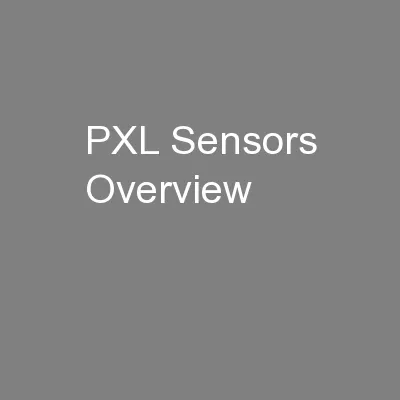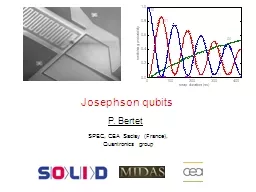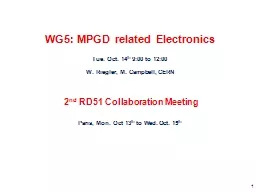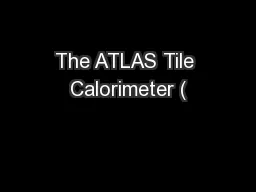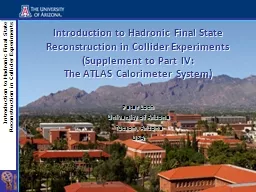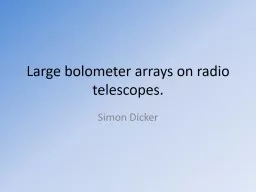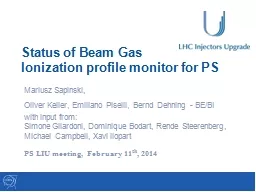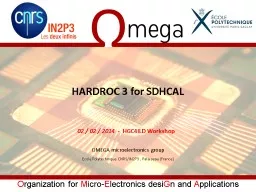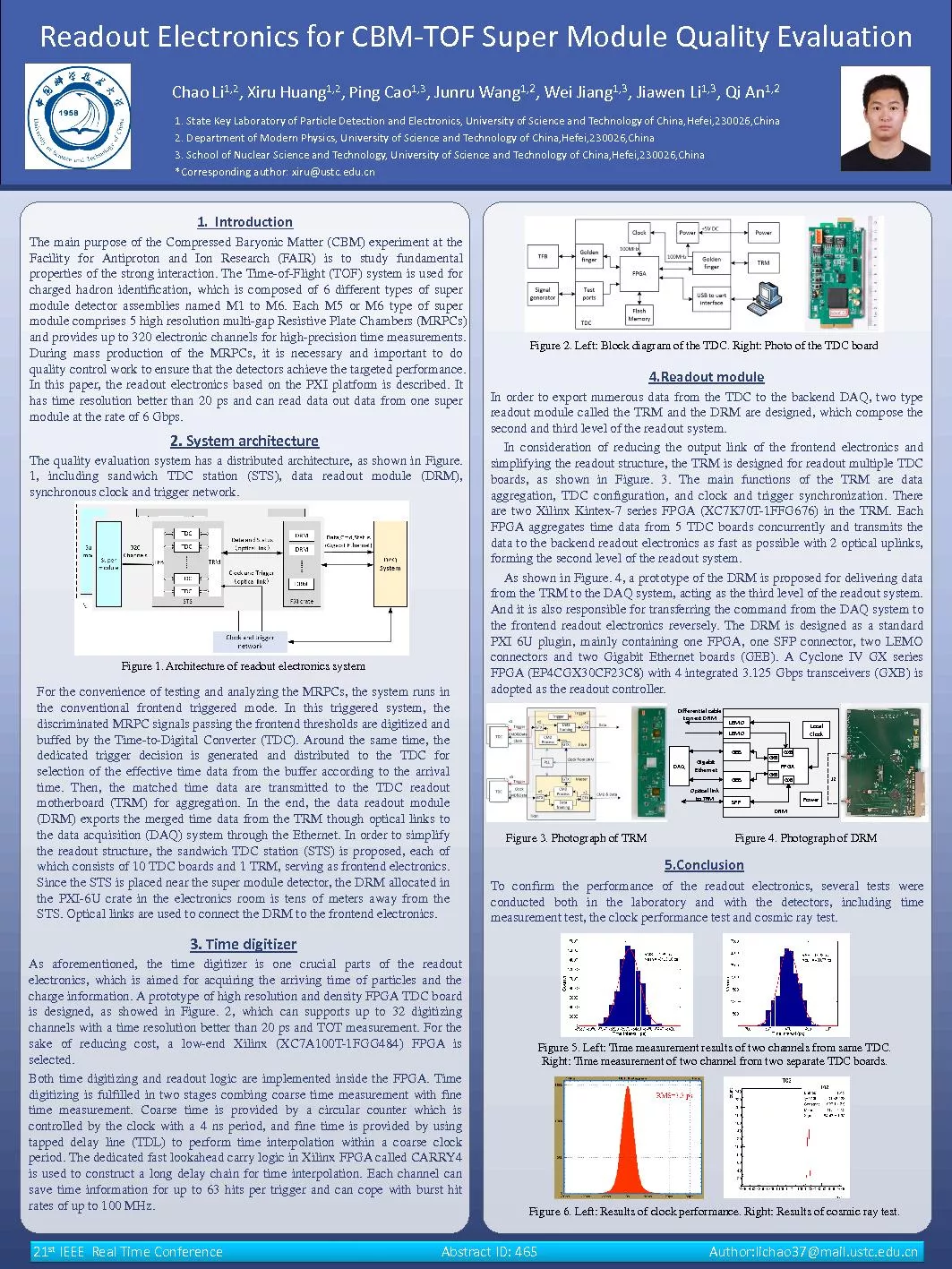PPT-Dual-sided readout studies
Author : tatiana-dople | Published Date : 2017-01-30
Chiara Casella Matthieu Heller Oliver Holme 1 Dualsided readout studies Difference in Left and Right light yield is used to estimate gamma interaction position along
Presentation Embed Code
Download Presentation
Download Presentation The PPT/PDF document "Dual-sided readout studies" is the property of its rightful owner. Permission is granted to download and print the materials on this website for personal, non-commercial use only, and to display it on your personal computer provided you do not modify the materials and that you retain all copyright notices contained in the materials. By downloading content from our website, you accept the terms of this agreement.
Dual-sided readout studies: Transcript
Chiara Casella Matthieu Heller Oliver Holme 1 Dualsided readout studies Difference in Left and Right light yield is used to estimate gamma interaction position along z axis Original AXPET concept was based on dualsided readout. 16/03/2011. 2. Integrator boards. NB. requires slight modification of CW bases: install 100 . nF. in series with 25 . Ω. . This does not affect the signal.. Recently, the integrators were upgraded: the 40 mezzanines were replaced with new ones.. Sensor Requirements. Sensor requirements (consistent with IPHC development direction). ~2 cm x 2 cm (1 reticle) size.. Pixel size < 30 µm.. Integration time of ≤ 200 µs for L = 8 x 10. 27. cm. qubits. P. . Bertet. SPEC, CEA Saclay (France. ),. Quantronics. group. Outline. Lecture 1: Basics of . superconducting. . qubits. Lecture 2: Qubit readout and circuit quantum electrodynamics. Lecture 3: 2-. How to Launch Your Digital Platform. Extra Credit Assignment #3. Mariah Green, Charity Wells, . Khenti. Amen, Shanice Scott-Thurston, and . Davene. Pusey. Strategies for Two-Sided Markets . Multi-sided . and. preparation for the technical run . NA62 workshop Siena. Contents. Experience from the test beam. Experience and results from the dry run. Technical run. Test beam electronics. 1 SRB and 2 covers installed. : MPGD related Electronics. Tue. Oct. 14. th. 9:00 to 12:00. W. . Riegler, M. Campbell, . CERN. . 2. nd. RD51 Collaboration Meeting. Paris, Mon. Oct 13. th. to Wed. Oct. 15. th. . 2. Agenda. 09:00. Taku. . Gunji. Center for Nuclear Study . University of Tokyo. For the ALICE-FOCAL Team. 1. Outline. Collaboration . Summary of . p. hysics and measurements . Requirements of the FOCAL. Conceptual Detector Design. TileCal. ) at the LHC is used to measure the hadrons produced with polar angles >21. 0 . and the energy deposition of ~20MeV to ~1.3TeV in the detector cells. The total readout channels are ~10K and the required readout dynamic range is 16-bit. The front-end readout electronics of the ATLAS . Hadronic. Final State Reconstruction in Collider Experiments. (Supplement to Part IV: . The ATLAS Calorimeter System). Peter Loch. University of Arizona. Tucson, Arizona. USA. ATLAS: A General Purpose Detector For LHC. Simon Dicker. MUSTANG . MUSTANG. 64 absorber coupled TES bolometers . 45” field of view . Cold reimaging optics. Bare pixels (0.7 f*lambda). Time Domain multiplexed readout. 300mK cryogenics running off a PT405. . monitor . for PS. Mariusz Sapinski, . Oliver Keller, . Emiliano. . Piselli. , Bernd . Dehning. - BE/BI. with input from: . Simone . Gilardoni. , Dominique . Bodart. , . Rende. . Steerenberg. ,. microelectronics group . Ecole. Polytechnique CNRS/IN2P3 , Palaiseau (France). 02 / 02 / 2014 - . HGC4ILD Workshop. 2. ROC chips for ILC prototypes. ROC chips for . technological prototypes. : to study the feasibility of large scale, . Alexandre . Camsonne. Data acquisition working group. Hall A Jefferson Laboratory. Data Acquisition. Jefferson Lab SoLID Pre-R&D Review. August 7th, 2020. Outline. Tasks / milestone . GANTT chart task and COVID impact. DESIGN
Download Document
Here is the link to download the presentation.
"Dual-sided readout studies"The content belongs to its owner. You may download and print it for personal use, without modification, and keep all copyright notices. By downloading, you agree to these terms.
Related Documents


